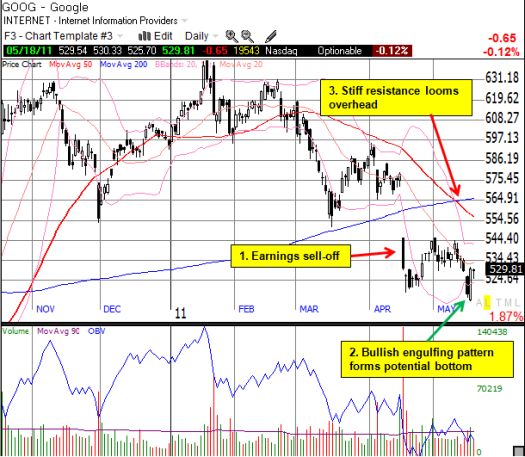California governor Jerry Brown surprised the state by announcing $6.6B in additional tax revenues that were not expected in the last tax year. In the context of Silicon Valley’s frenetic scramble for new hires, perhaps these revenues would be much less surprising. The job market is hot for engineers, start-ups are getting funded (and acquired), and, yes, the NASDAQ recently hit a 10-year high, albeit by the slimmest of margins.
CNN walked the campus of Stanford University (my alma mater) and found what interviewer Dan Simon call’s a protoypical software engineer who seems to create websites in his sleep and can “write his own ticket” given all the interest in hiring his skills. Simon then surveys some of the perks tech companies are now offering employees, some eerily reminiscent of the fervor from the dot-com bubble days.
In a related story “For Buyers of Web Start-Ups, Quest to Corral Young Talent“, the New York Times describes the extremes to which some companies are reaching to access the best and the brightest:
“Sam Lessin sold his Web start-up to Facebook for millions last year, and Facebook promptly shut it down. All Facebook wanted was Mr. Lessin…Companies like Facebook, Google and Zynga are so hungry for the best talent that they are buying start-ups to get their founders and engineers — and then jettisoning their products.
Some technology blogs call it being ‘acqhired.’ The companies doing the buying say it is a talent acquisition, and it typically comes with a price per head.”
Given this context, Google’s recent 3 billion dollar bond offering makes a lot of sense. Google (GOOG) is likely beefing up to fight this talent (and company) acquisition battle. The bond offering may have also finally created a bottom for Google’s stock. On the day of the offering, GOOG fell 2% to 8-month lows on relatively high volume. Presumably, some of the money fleeing the stock was finding a new home in the warm arms of the bonds.
The very next day, buying volume surged and completely recovered the previous day’s losses. If selling volume had been higher, I would be more convinced that GOOG had reached the “resolution between buyers and sellers” I am awaiting with a bottom in the stock. For now, we can use the bullish engulfing pattern as a classic signature for a bottom. Overhead resistance at the 50-day moving average (DMA) and 200DMA still loom.

*Chart created using TeleChart:

Be careful out there!
Full disclosure: no positions
